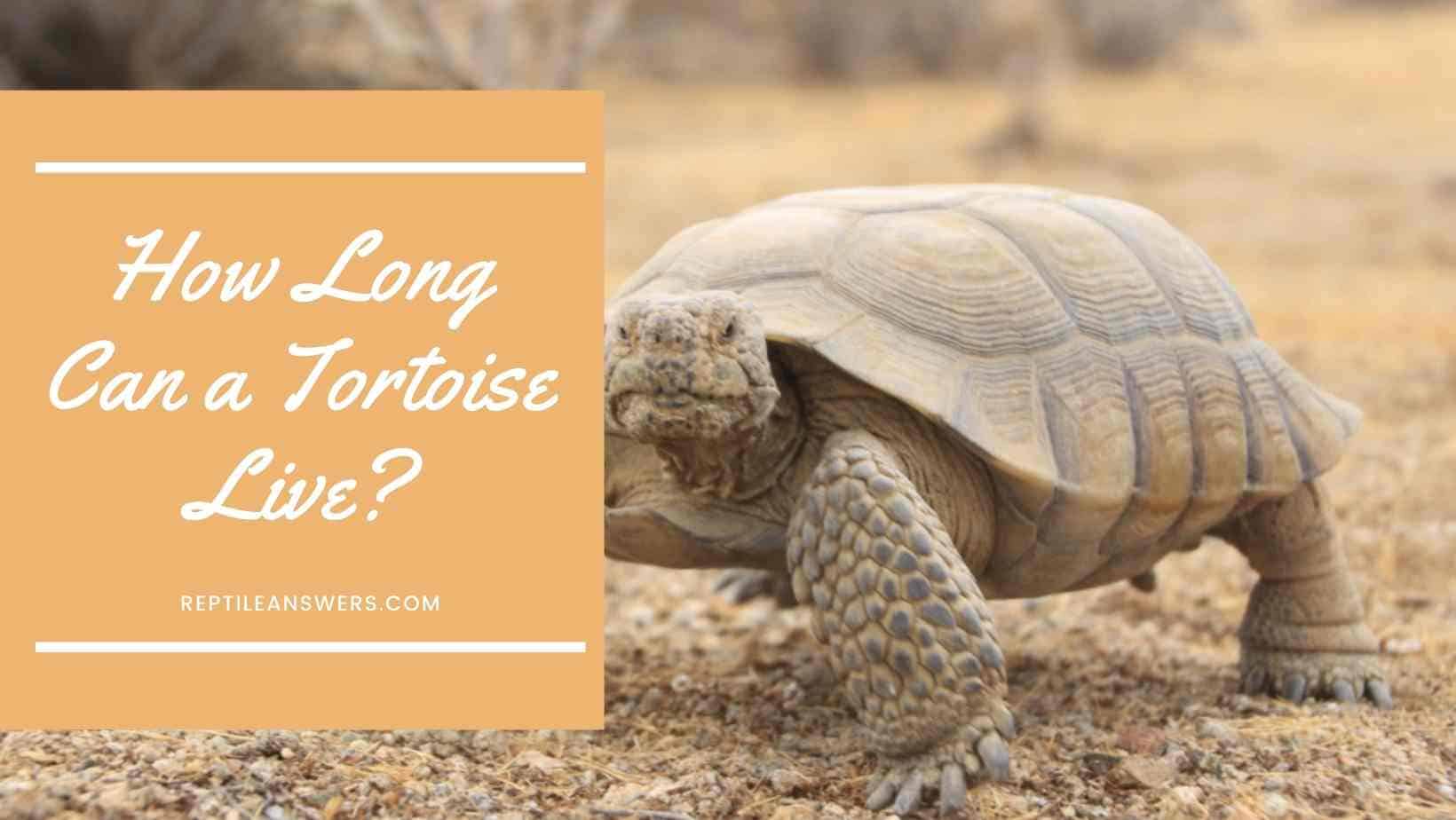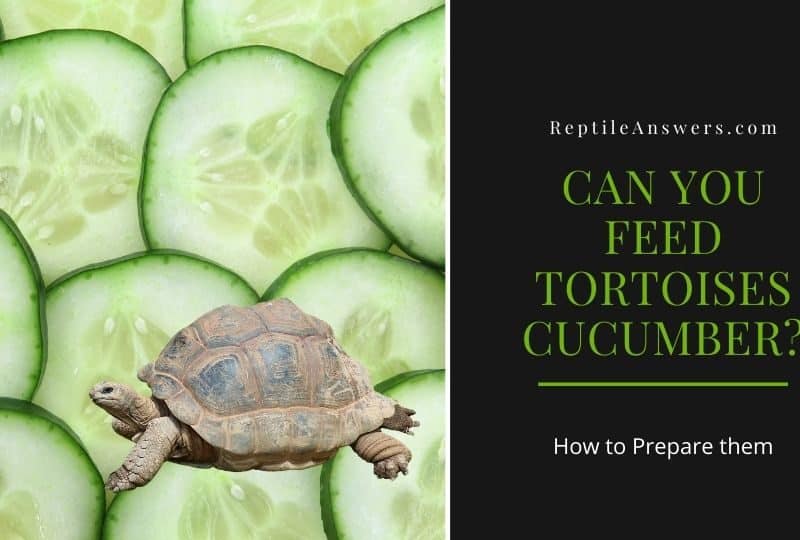A tortoise’s shell is made of calcium, which can be difficult for the tortoise to get enough calcium to keep the shell strong. Young tortoises may not grow their shell at the appropriate rate. As they get older, their bones become weak, making walking difficult and may lead to fractures. However, this condition is treatable, and a qualified vet can recommend a calcium-rich diet. More UVA/B ray exposure may also help.
How do tortoises live so long?

The answer to the question, “How do tortoises live so long?” lies in their metabolism. They use less energy to maintain themselves than humans and, therefore, live longer. Besides, their metabolisms aren’t as high as those of humans. That means they don’t require as much food as humans do. In other words, their bodies aren’t as affected by age as ours are.
Another factor contributing to their long life spans is the fact that tortoises are slow-living. They can withstand drastic temperature changes because they are cold-blooded and have low metabolisms. Making it easy for them to hibernate in the cold weather but continue to use minimal energy during the hot weather. These traits allow tortoises to live longer than most animals and give them more opportunities to reproduce. For example, Egyptian tortoises live in the deserts of Libya, while red-footed tortoises live in the jungles of south and central America.
Scientists have found that giant tortoises live longer than most animals in recent studies. They can live for more than 100 years in captivity. Researchers have found that the aging of these tortoises may be due to gene variants linked to DNA repair, immunity and tumor suppression. In fact, the Galapagos giant tortoises live longer than humans do, according to studies published in the journal Nature Ecology & Evolution.
It may be that giant tortoises have the slowest metabolism, which means they use energy more slowly. The low metabolism of giant tortoises(such as Galapagos tortoises) results in higher longevity than that of smaller animals. This slow metabolism is also beneficial for tortoises in a number of ways. For example, tortoises burn less energy, which results in less work on their organs. This, in turn, allows them to live longer.
How long can a tortoise live on its back?
A tortoise that is left on its back for an extended period of time can die if its lungs cannot keep up with the weight. Fortunately, it can be rescued by sticking its head out to the side, which helps it tilt back over. This technique may sound cruel, but it’s the only way to keep a tortoise alive and healthy. When a tortoise is left on its back, it must be kept in a temperature-controlled habitat with plenty of food and water. If it’s kept indoors, it can survive for hours on end. If you find your tortoise outside, make sure you keep an eye on it to prevent heat exhaustion. If you notice it on its back, turn it over immediately. It might be a sign of illness and may need medical attention.
Some tortoises are much bigger than others. The Galapagos tortoise is about 150 years old, while a giant tortoise called Adwaita may live to be 255 years old. All tortoises have shells to protect themselves from the elements. Some turtles tuck soft parts into their hard shells to avoid being crushed by a prickly rock.
Some tortoises enjoy scratching the surface of their shell while others don’t. The secret is to offer healthy food to your pet tortoise. Some species prefer eating raw vegetables, and some of them can tolerate tomatoes as a medication. Veggies should make up around 10-15% of a tortoise’s diet. Some good examples are carrots, pumpkins, sweet potatoes, corn on the cob, and collard greens.
How old is the oldest tortoise
Jonathan, the chelonian tortoise, is the world’s oldest living animal. Jonathan has lived for at least 187 years. He’s nearly blind thanks to cataracts, and his sense of smell has faded. However, his good hearing and appetite are unfazed. Most impressively, Jonathan has a healthy libido – a sign of good internal health.
Jonathan, the Seychelles giant tortoise, will turn 190 years old in 2022. He is the oldest living animal and holds the record for the oldest chelonian (tortoises, turtles, terrapins, etc.). Jonathan is thought to have been born in 1832 and is now about 190 years old. Its record is also the oldest land animal of all chelonians, which includes turtles and terrapins. Jonathan lives on Saint Helena Island, a British overseas territory in the South Atlantic Ocean.
Despite their lack of teeth, tortoises have powerful jaw muscles and a beak edge. Their shortsightedness means they may mistake a finger for food. Unlike cockroaches, tortoises are also very good at recognizing human faces. When they retract their heads, they make a sharp ‘S’ shape. Their mouths are lined with small holes called nares. These holes allow them to breathe and smell.
Jonathan was given his name by the governor of the island, Sir Spencer Davis. He currently lives at a plantation house on the island. He is well-cared-for by the government of Saint Helena.
Which breed of tortoise lives the longest
Aside from giant tortoises, which breed of tortoise lives the longest as pets? The answer is the Pancake Tortoise, which can live for 25 to over 35 years. Though their life span is relatively short, they can still be considered a good choice for a pet. This breed has a low profile, making it a good choice for anyone looking for a long-lasting pet.
Size also has a bearing on the life expectancy of torts. Bigger tortoises, which tend to have a lower surface area to volume ratios, live longer than their smaller counterparts. This is primarily because the metabolism of giant tortoises is higher than the metabolism of their smaller cousins. However, in a perfect environment, large tortoises can live for decades. Besides, they are slow at eating, walking, and performing other organ functions. Furthermore, they only reach sexual maturity after approximately 20 years.
While they are generally considered to be the most ‘hardy’ of all the tortoises, these animals can still contract diseases. While they are considered largely hardy, zoos typically provide better conditions than individual tortoise owners. However, poor setup conditions can result in ill-health and even death.
The smallest tortoises are called juvenile tortoises. Although they will grow to full size once they hatch, they will not reach sexual maturity until they’re around 10 to 20 years old. Their offspring will then start over. A large tortoise with a long lifespan is not the best pet for a smaller home. A small turtle is the best option if you have the space and the money to keep it.
Conclusion
Generally, the average life span of a tortoise is 40 years, but this is not an exact figure. The average lifespan is not documented, so biologists must be skeptical about claims that tortoises can live to be more than a hundred years. Furthermore, incomplete documentation does not mean that biologists are telling the truth; it just means that the studies are susceptible to errors.
A tortoise can live up to 50 years before it reproduces. Many species of tortoises reach sexual maturity earlier, especially the smaller ones. They live in colder climates, so they may live longer if they develop a thicker skin. Their slow growth and long life span make them an excellent choice for homes with children. Keeping a tortoise requires you to take care of them properly.
One of the reasons that tortoises live so long is that they are close biologically to dinosaurs. This suggests that they are their closest relatives, as dinosaurs had larger bodies and a balanced eco-system. Depending on its diet and habitat, a tortoise can live for 50 or even 100 years. However, wild tortoises can live much longer. Many different factors contribute to a tortoise’s longevity, so it is essential to know your tortoise’s life expectancy to maximize its enjoyment.
In the wild, larger animals live longer. Typically, the largest turtles and tortoises are huge. Their longevity is attributed to adequate isolation, food and water, and good living conditions. While a large-breed tortoise may live for 150 years, a dirty tank will shorten its lifespan considerably. So, keep these facts in mind when buying a tortoise for your home.



